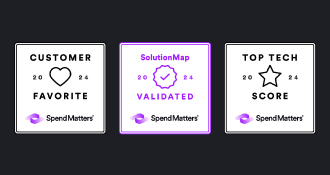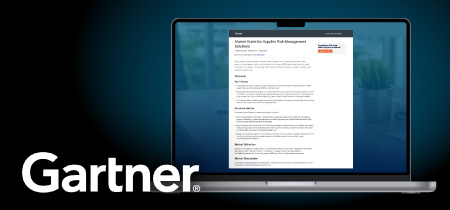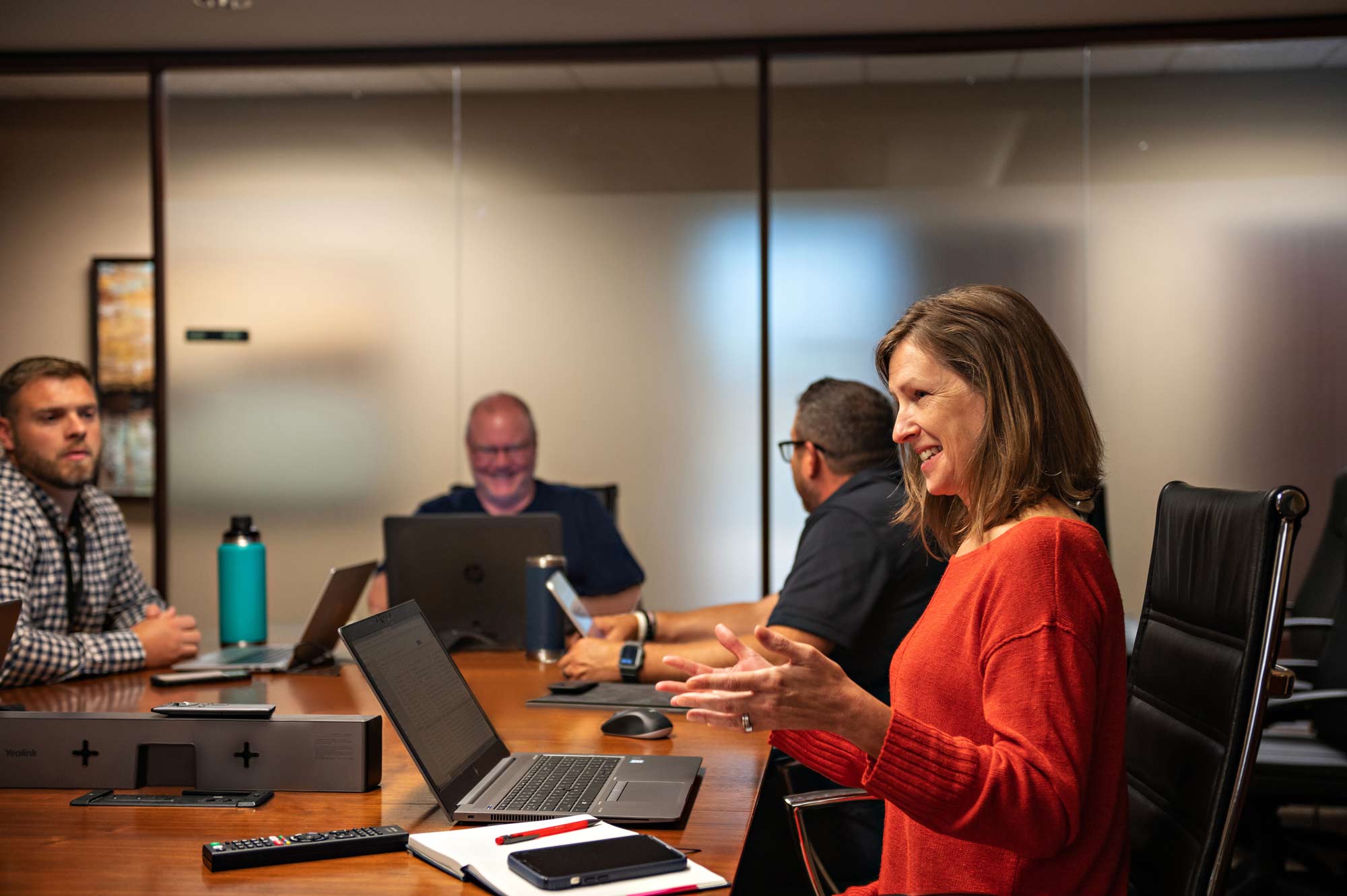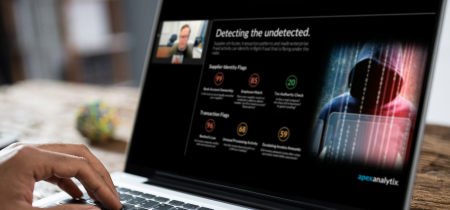Are We in the “Long COVID” of Supply Chain Disruption?
Back in Spring 2020, a new phrase entered the COVID-19 lexicon. According to the National Institutes of Health, the term “Long COVID” was created by people experiencing ongoing symptoms of the pandemic virus weeks or months following their initial onset of symptoms. Is there a parallel between the lingering symptoms of people suffering from Long COVID and the slow recovery that our global supply chains are experiencing? We did some research based on our own audit and recovery experience and spoke with a procurement leader in a biotech firm to see what we could find out.
Join a facilitated learning session to discover how the COVID 19 pandemic and its aftermath may have affected your procure-to-pay operations.
Learn more about disruption and its impact on business overpayments.
Gerard Cardillo is Corporate Vice President, Chief Procurement Officer for Charles River Laboratories (CRL), a $4B Contract Research Organization (CRO) providing products and services across a broad range of the drug development and manufacturing spectrum. Gerard is a best practitioner, innovator and thought leader in Procurement and oversees the function globally at CRL. He has been a procurement leader in several global companies, including Phillip Morris USA / Altria, Schering Plough and AstraZeneca. He is an avid supporter of audit and recovery as well as contract compliance and is a client and long-time colleague of ours at apexanalytix.
2019
Remember that cases of COVID-19 were first reported in late 2019, and on March 11, 2020, the World Health Organization declared it a global health emergency and a pandemic. Shutdowns of schools, businesses and transportation began in March. Three years and two months later, on May 11th, 2023, the federal COVID-19 PHE declaration ended. Timeline here: https://www.cdc.gov/museum/timeline/covid19.html
What happened in between was disruptive, costly and often tragic. Researchers at USC Schaeffer Center for Health Policy and Economics calculated the total cost of the COVID 19 pandemic to the U.S. economy alone at $14 trillion by the end of 2023.
China Sourcing
China and other Asian countries helped out the bottom lines of U.S. companies for decades. Whether a manufacturer was offshoring manufacturing, or simply sourcing supplies from China, everything started to change in 2018 with increased friction between the U.S. and China. Then COVID-19 happened. “An iron curtain fell,” says Gerard Cardillo. “Ports and factories closed! Much of the world’s supply of PPE equipment, general lab supplies and devises, all the materials to combat COVID-19, were from China! The industry got a quick and dramatic lesson on supply chain risk and diversification.”
Coming Home?
Kearney’s 10th Annual Reshoring Index Report released in April 2023 found that:
- Since 2013, there is a slow shift in commercial production away from China to other low-cost countries and regions as well as in North America. Countries like Vietnam, Taiwan and India are the primary beneficiaries according to the report. And American imports of Mexican manufactured goods grew 26% since the onset of the COVID-19 pandemic.
- 96% of CEOS surveyed are at least evaluating the potential to reshore their operations, up from 78% in 2022.
- A trend shift of US imports of manufactured goods from Asian LCCs, and regions indicates the first time that domestic manufacturing growth outpaced Asian LCC imports since 2019.
“We’re looking at supply chain risk more holistically now,” says Cardillo. We need to understand our supplier’s supply chain; essentially who and where they are sourcing from, how those materials are being transported – by what route and by what method.”
The Kearney report says that consumers are becoming more comfortable paying a premium for American-made products and more concerned about companies’ ESG stances, carbon emissions, human rights violations and more.
Global Networks
“The industry has learned its lesson about the risks of concentrating its procurement and outsourcing to a single low-cost provider and/or country. There are obviously cost impacts in the short term, but significant longer-term benefits. It’s like an investment portfolio. There is significant unseen value in diversification,” says Cardillo. “We are looking at our entire supply chain, assigning levels of criticality to what we are buying, assessing who we buy it from and where. Then, looking at alternatives, new regions, like North America, Europe, Eastern Europe, etc., where geopolitical risks are much lower and there is better infrastructure with educated workforces. Watchwords? Business continuity. Global networks.”
Audit and Recovery Data Trends Over COVID-19 Years
Every year, apexanalytix works on hundreds of audits. So we did some analysis on our own data to see what kinds of trends we saw over the “COVID Years.” We suspected that there would be some more risk that led to overpayments. The trends we saw could be influenced by factors outside of COVID-19-era control failures and supply chain disruptions, but we are confident that some of the trend data is a direct result of the disruption caused by the pandemic.
Discovery #1 We saw the largest increase in average recoveries per audit for audits that started in 2021. And we are seeing another increase for audits that started last year, in 2023.
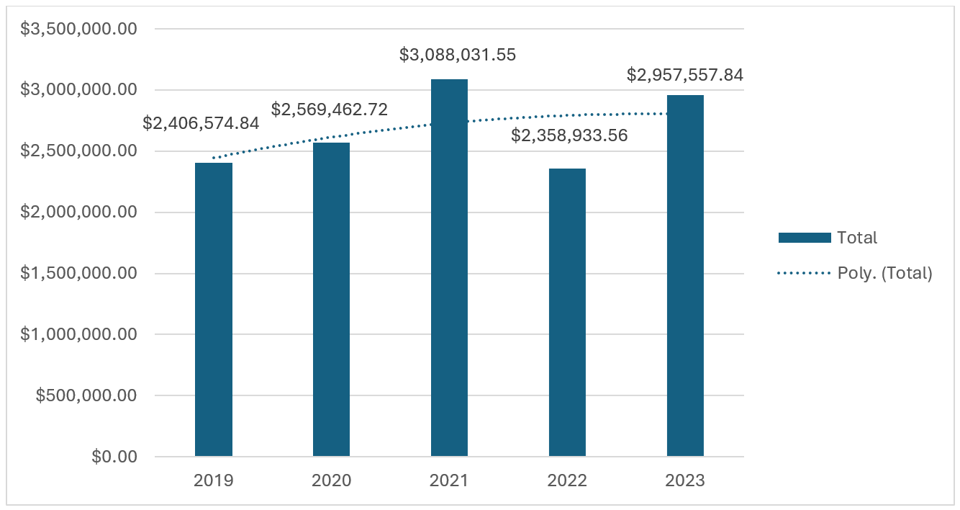
Average recoveries per audit based on year the audit started – all audits for all industries
Discovery #2 The trend in average recoveries for audits varied by industry over the COVID years. For pharma/biotech, manufacturing and food and beverage companies, three of the industries where apexanalytix is the leading provider of recovery audits, the amount of recoveries varied, but the trend was generally the same, a significant increase in average recoveries for audits starting in 2021, a decline in 2022 and an increase in 2023.
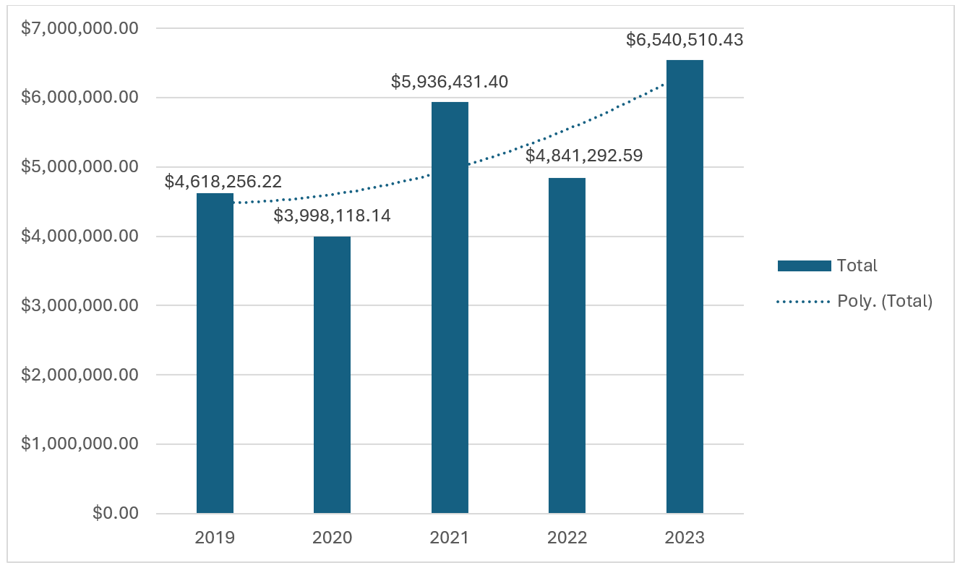
Average recoveries per audit based on year the audit started – all audits for pharma/biotech companies
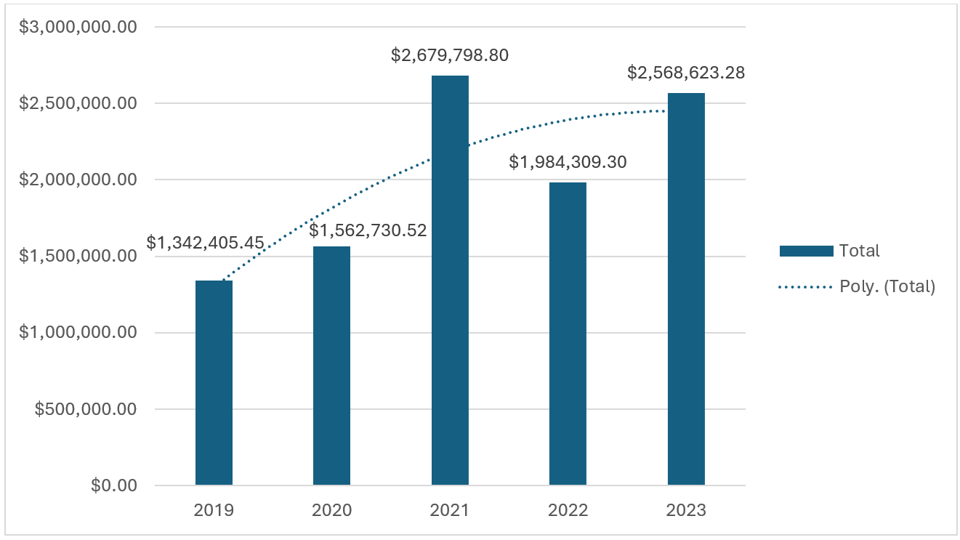
Average recoveries per audit based on year the audit started – All audits for manufacturing companies
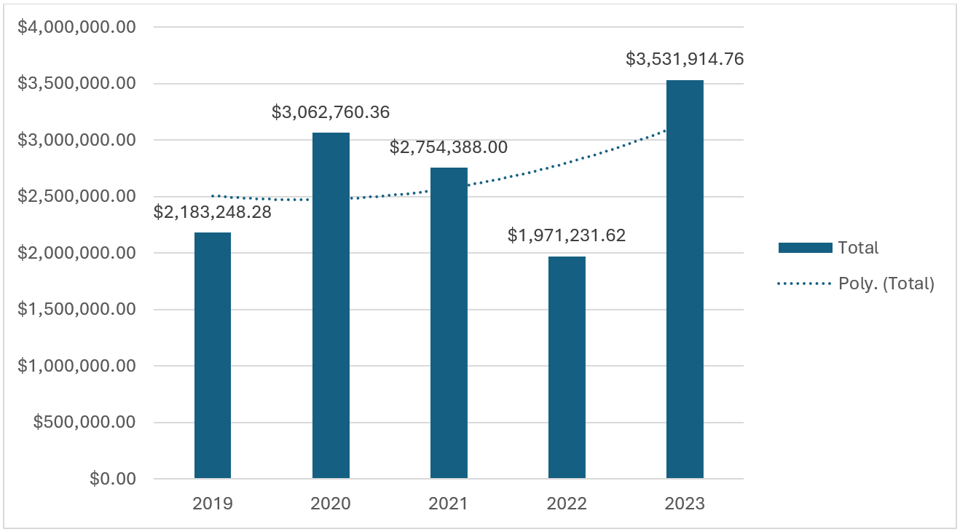
Average recoveries per audit based on year the audit started – all audits for food and beverage companies
Discovery #3 We weren’t sure what to expect from our audit recovery rate metrics during and after the disruption of the COVID 19 pandemic. Would suppliers be more difficult to reach because they weren’t in their offices? Would it be more difficult to recover claim amounts because of supplier financial stress? In fact, for audits starting in 2021, apexanalytix average recovery rate (amount recovered based on total amount of claims exported) increased by 21%, and the three-year average increase since 2020 is 12.5%. In part, we attribute the improvement in recovery rate to responsiveness by suppliers to email and text messages, which in many cases were the remaining channels of communication available as offices closed, landlines went unanswered and portable handheld devices are increasingly used for business communications and are literally “in the pockets” of suppliers always.
It’s Always Something
“Yesterday it was a pandemic. Then blockage of the Suez canal. Today it’s attacks on vessels in the Red Sea,” says Cardillo. “Plus you have the physical wars – Russia-Ukraine, Israel-Gaza, Iran-Israel and potentially escalating trade wars – U.S.-China. It’s always something. Everything has changed for procurement leaders in this environment of uncertainty. Responsibly driving cost reduction and just in time inventory with heritage suppliers was the standard. Now it’s significantly more complicated. We are responsible for reducing supply chain risk. There’s no value in getting a great deal on a product or service if the supplier can’t produce it or ship it.”

